




Did you find this useful? Give us your feedback








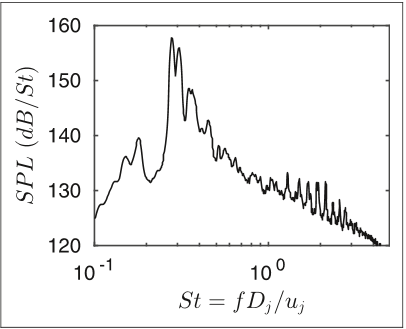
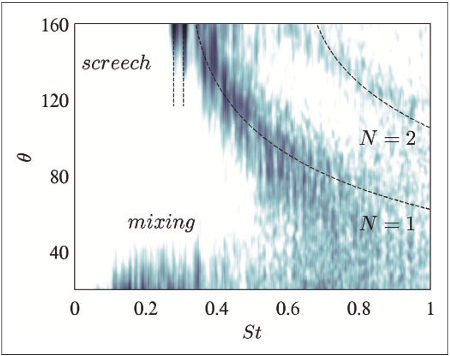

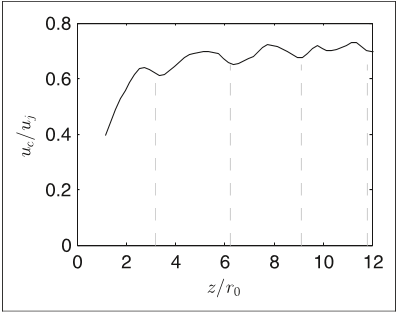



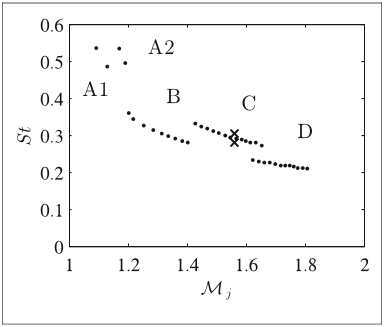




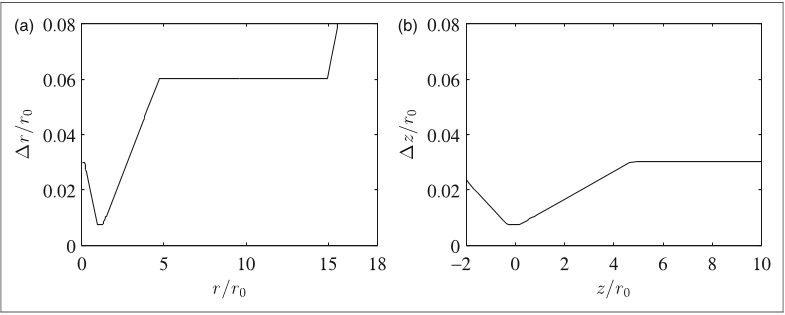





68 citations
39 citations
23 citations
...These structures are standing waves, which have been observed previously in supersonic screeching jets experimentally by Panda (1999) and numerically by Gojon & Bogey (2017)....
[...]
21 citations
17 citations
883 citations
587 citations
486 citations
459 citations
371 citations
The convection velocity of large-scale structures in the jet shear layers is evaluated, and values similar to experimental data are found. The mixing noise component seems due to the sudden intrusion of turbulent structures into the potential core, near its end.
The strength of the forcing is chosen in order to obtain turbulent intensities of around 6% of the fully expanded jet velocity at the nozzle exit.
the convection velocity is close to the value 0:35uj ’ 0:5ue at the nozzle exit, as expected for instabilities initially growing in the mixing layers just downstream of the nozzle.
The results from this jet were also used to generate schlieren-like images, in a study of Castelain et al.,17 in order to asses the quality of the estimation of the convection velocity in the jet shear layers using schlieren pictures in experiments.
Fornon-ideally expanded jets exiting from a rectangular nozzle with a single-bevelled exit, Raman43 also observed two screech tones switching in time.
the size of the sixth shock cell, Ls6 ¼ 2:35r0, located around z ¼ 15r0, is used in the relation (9) to compute the central frequency of the broadband shock-associated noise as a function of angle .
In this mechanism, the broadband shock-associated noise is generated by the interactions between the turbulent structures propagating downstream in the jet shear layers and the shocks of the quasi-periodic shock cell structure.
In order to apply equation (8) to the simulated jet, the mean convection velocity is considered equal to 5 uc 4 ¼ 0:65uj in the region 5r0 5 z5 15r0, as suggested in Figure 12.
For screeching jets, Tam et al.13 suggested that the central frequency of the first mode N¼ 1 of the broadband shock-associated noise tends to the screech frequency at ¼ 180 .
The local convection velocity of the turbulent structures is estimated at the center of the shear layer, where the velocity fluctuations are maximum, as presented in Figure 11.